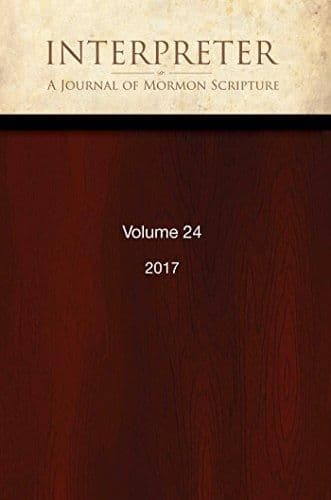Journal
Gossamer Thin: 2 Nephi’s “Flaxen Cord” and the Anti- Masonic Thesis

Title
Gossamer Thin: 2 Nephi’s “Flaxen Cord” and the Anti- Masonic Thesis
Publication Type
Journal Article
Year of Publication
2018
Authors
Smith, Gregory L. (Primary)
Journal
Interpreter: A Journal of Latter-day Saint Faith and Scholarship
Pagination
331-370
Volume
30
Abstract
Some have seen evidence of anti-Masonic rhetoric in the Book of Mormon and cite 2 Nephi 26:22 in support of this theory, since Satan leads sinners “by the neck with a flaxen cord.” It is claimed that this is a reference to Masonic initiation rituals, which feature a thick noose called a cable-tow or tow-rope. Examining the broader rhetorical context of 2 Nephi demonstrates that the “flaxen cord” more likely refers to something slight and almost undetectable. To test this hypothesis, I undertake a survey of the use of the phrase flaxen cord in 19th century publications. I also examine analogous phrases from the Bible. I examine fifty examples, seven of which are excluded because they do not contain enough information to support either claim. Of the remaining 43 examples, a full two-thirds (67%) describe a cord that is trivial or easily snapped. Only 7% denote a thick, strong rope, and 17% describe a thin rope that is strong. Given (1) the rhetorical context of 2 Nephi, (2) an expression that usually refers to a cord of trivial thickness and strength, and (3) virtually all poetic, scriptural, or allegorical uses imply fragility, the evidence overwhelmingly contradicts the anti-Masonic thesis.
Subject Keywords
Bibliographic Citation
Terms of use
Items in the BMC Archive are made publicly available for non-commercial, private use. Inclusion within the BMC Archive does not imply endorsement. Items do not represent the official views of The Church of Jesus Christ of Latter-day Saints or of Book of Mormon Central.